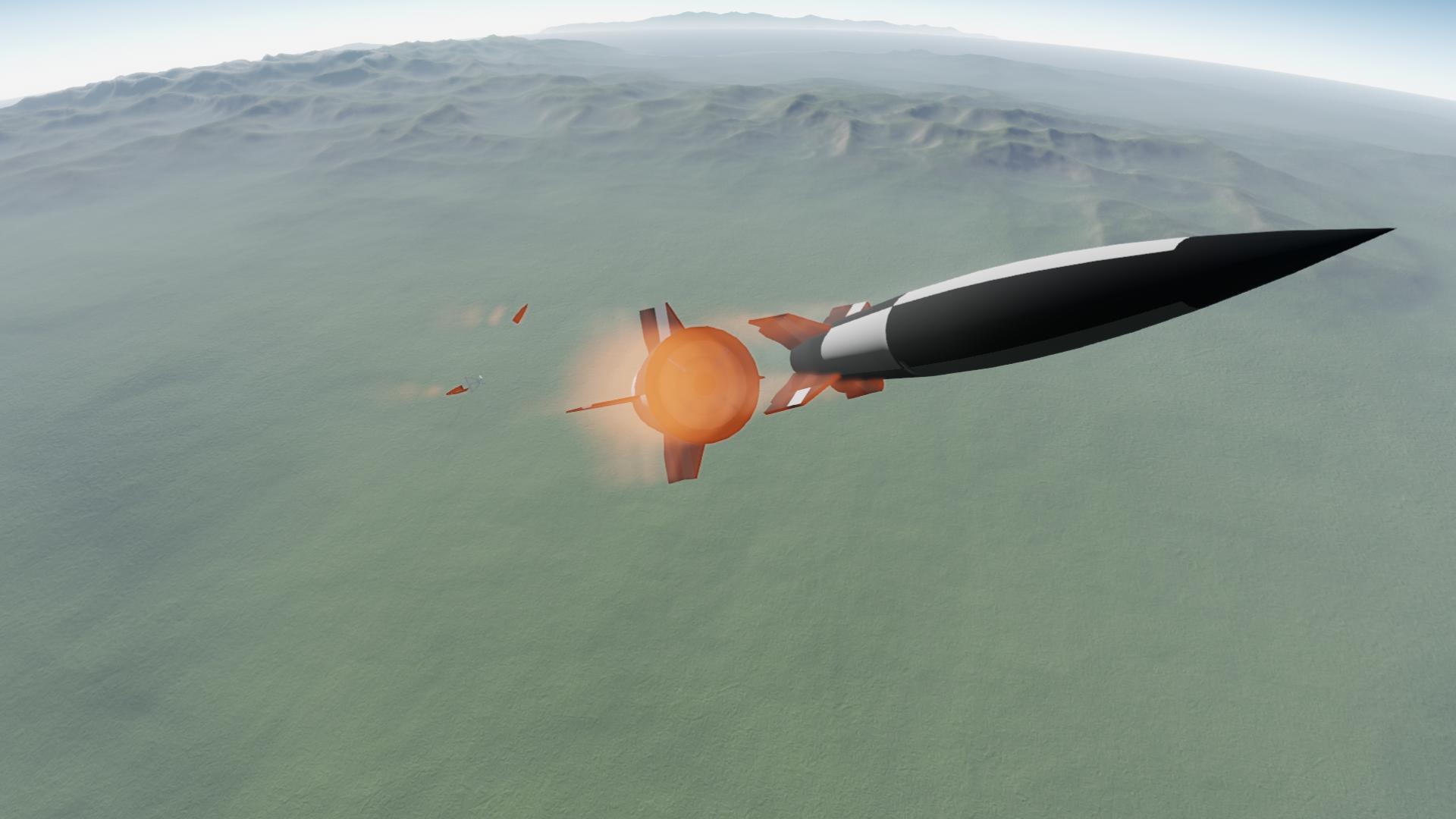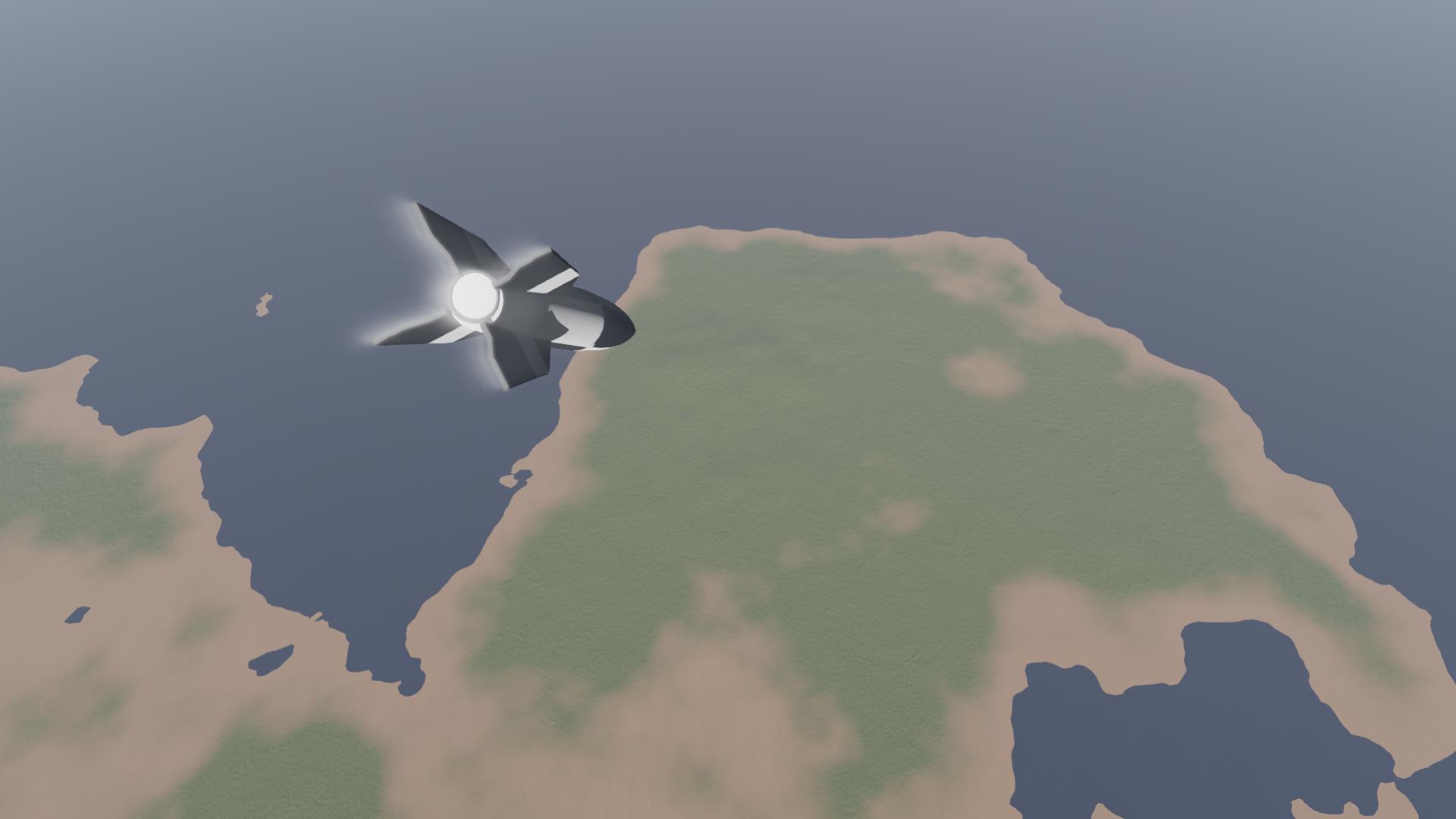This is a highly detailed replica of the Aggregat 9 and Aggregat 10.
It was proposed to use an advanced version of the A9 to attack targets on the US mainland from launch sites in Europe, for which it would need to be launched atop a booster stage, the A10.
Design work on the A10 began in 1940, for a projected first flight to take place in 1946. The initial design was carried out by Ludwig Roth und Graupe and was completed on 29 June 1940. Hermann Oberth worked on the design during 1941, and in December 1941 Walter Thiel proposed that the A10 use an engine composed of six bundled A4 engines, which it was thought would give a total thrust of 180 tonnes.
Work on the A10 was resumed in late 1944 under the Projekt Amerika codename, and the A10's design was amended to incorporate a cluster of 6 A4 combustion chambers feeding into a single expansion nozzle. This was later altered to a massive single chamber and single nozzle. Test stands were constructed at Peenemunde for firings of the 200 tonne (440,920 lbf) thrust motor.
It was considered that existing guidance systems would not be accurate enough over a distance of 5,000 km, and it was decided to make the A9 piloted. The pilot was to be guided on his terminal glide towards the target by radio beacons on U-boats and by automatic weather stations landed in Greenland and Labrador.
The final design of the A10 booster was approximately 20 m (66 ft) in height. Powered by a 1,670 kN (380,000 lbf) thrust rocket burning diesel oil and nitric acid, during its 50-second burn it would have propelled its A9 second stage to a speed of about 4,300 km/h (2,700 mph) and an altitude of 400 km (250 mi).
GENERAL INFO
- Created On: Windows
- Game Version: 0.6.4.1
- Price: $6,193k
- Number of Parts: 62
- Dimensions: 28 m x 7 m x 7 m
PERFORMANCE
- Total Delta V: 5.2km/s
- Total Thrust: 4.3MN
- Engines: 2
- Wet Mass: 1.17E+5kg
- Dry Mass: 11,810kg
STAGES
| Stage | Engines | Delta V | Thrust | Burn | Mass |
|---|---|---|---|---|---|
| 1 | 1 | 3.6km/s | 4.0MN | 52s | 1.17E+5kg |
| 3 | 1 | 1.6km/s | 250kN | 68s | 14,566kg |
5 Comments
- Log in to leave a comment
-
-
-
962 ILEGIONI7.2 years ago
Just to clear up any confusion:
This is essentially just a very large carrier rocket with a V2-Rocket inside (Yes you heard right, the germans are crazy).
This was designed, so the V2s could reach America.
Once the first stage, the A10, was empty, the A9 would fly out of the A10. -
962 ILEGIONI7.2 years ago
Stage 1: Ignition of the A10 Booster
Stage 2: Nose Fairing
Stage 3: Seperation of the A9 and Ignition of its booster








I’m currently making my own version of the A9 and hopefully the A10, and I have to admit you did pretty well but ballistically I made mine far more accurate, despite not using the nose cone geometry you made. The A9 actually had 2 kinds of wings in mind and in fact was incredibly special in that it actually flew as the A-4B and it was the first supersonic, guided and winged Missile to fly. There were also talks into having it manned and able to land on a conventional runway as I have done for my Thanksgiving Challenge take:
https://www.simplerockets.com/c/XDCzNJ/A-4B-A9-V-2-Manned-Hans-Thanksgiving-Delivery-Vehicle
I also used a close to replica paint scheme for the original which is in the second picture.